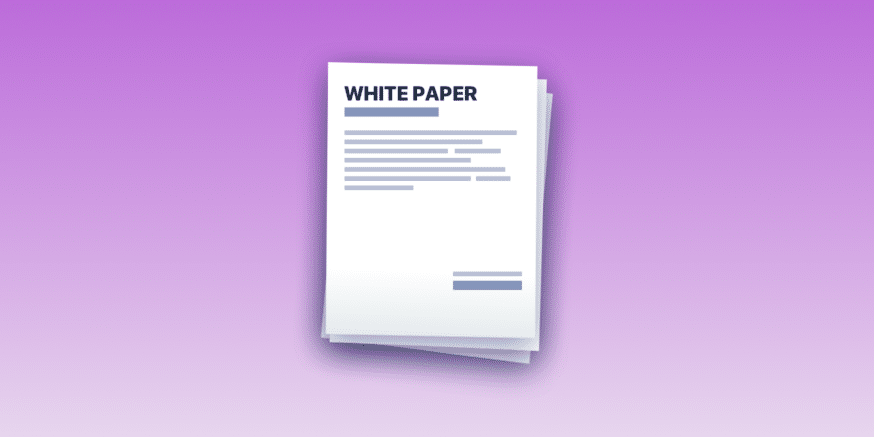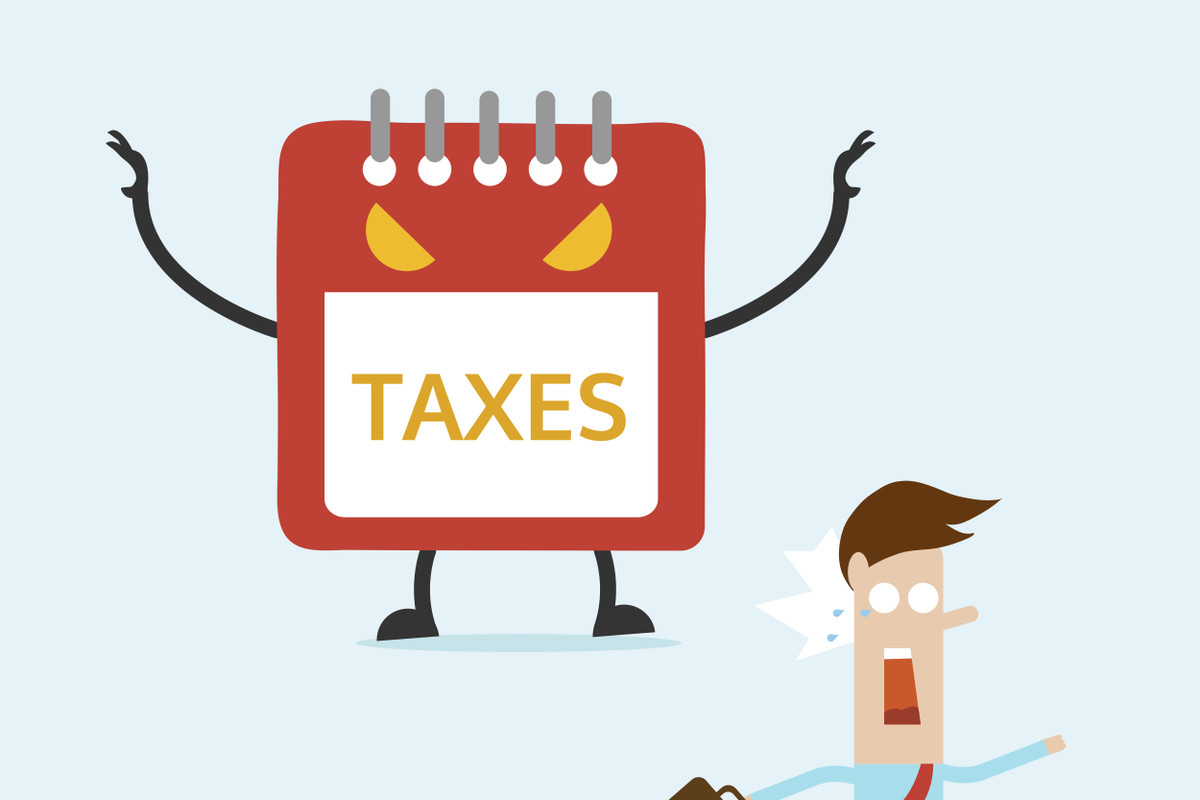Introduction
A white paper is the first document researchers should read to better understand a core concept or idea. A whitepaper is a persuasive, authoritative, in-depth report on a specific topic that presents a problem and provides a solution. The goal of a whitepaper is to inform and persuade based on facts and evidence, not tell the world why people need to buy your product right now.
White Papers may have developed from the use of “Blue Papers” in 19th century Britain, where a Parliamentary report cover was blue. The term “white papers” originated in England as government-issued documents. One famous example is the Churchill White Paper, commissioned by Winston Churchill in 1922. When a topic for the government was less serious, the blue cover was discarded and published with white covers. These reports were called White Papers. In the United States, the use of government white papers often means a background report or guidance on a specific issue.
How to Write a White Paper
Technically, there are no minimum requirements for whitepapers. Anyone can call anything a whitepaper – this doesn’t mean you should, though. Without some boundaries on what is and what isn’t a whitepaper, we risk confusing our audience and losing credibility. Here’s what an A+ whitepaper looks like:
- Length: No fewer than six pages, including illustrations, charts, and references. Can be upwards of 50 if the topic requires that much detail. (Chances are, it won’t.)
- Structure: There is usually a title page, table of contents, short executive summary (optional but helpful), introduction, several pages educating the reader about the problem, several pages hypothesizing a solution, several pages offering an example of a company that used that solution to achieve results, and a conclusion.
- Density: Denser than an e-book. Whitepapers aren’t usually easy to skim – in fact, readers usually need to read them over more than once to get every morsel of information out of it.
- Format: PDF in portrait orientation (8.5″ by 11″).
- Style: Professional, serious, well written, and well edited. I’d recommend hiring a graphic designer to design page layout, images, fonts, and colors as well.
Keeping in mind, some important points before writing a White paper:
- Identify your audience’s pain: you must consider your audience and what is going on in their lives.
- Do your research: Whitepapers are informational in nature, and you’ll want to determine how to provide information your audience can’t get elsewhere.
- Create an outline: Because whitepapers are long-form in nature, an outline can help organize your thoughts
- Put pen to paper and flesh out your outline: Using an informational and fact-based tone, begin expanding on the ideas you have by using the outline as a guide.
- Use imagery to support your points: Because whitepapers go deep on research and analysis, visuals such as charts, graphs, and tables can help you present information in a visually interesting way and make the paper easier to read.
- Get feedback: The higher quality it is, the more authority you’ll have in your audience’s eyes.
- Invest in the formatting and design: While it’s not necessary to get too flashy with it, color, layout, and imagery goes a long way to make your whitepaper appealing.
Users/Uses
Their popularity across industries is due to their versatility. While all white papers have certain elements in common, a B2B startup will use them differently than a large consultancy, and both will use them differently from a governmental organization. Whatever type you produce, the contents of your white paper should be serve to showcase your expertise in a given area.
The perception of authority can also serve to boost sales in an organization. More than half the respondents to the Eccolo Media B2B Technology Content Survey reported having read a white paper before making a buying decision.
White papers are extremely useful for lead generation. The Content Preferences Survey from DemandGen found that more than three-fourths of survey respondents were willing to exchange personal information for a white paper — more than for e-Books, case studies, analyst reports, podcasts, brochures, or infographics.
Conclusion
A white paper is an informational document issued by a company, government agency, or not-for-profit organization to promote the features of a solution, product, or service that it offers or plans to offer.




